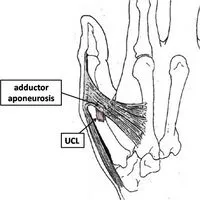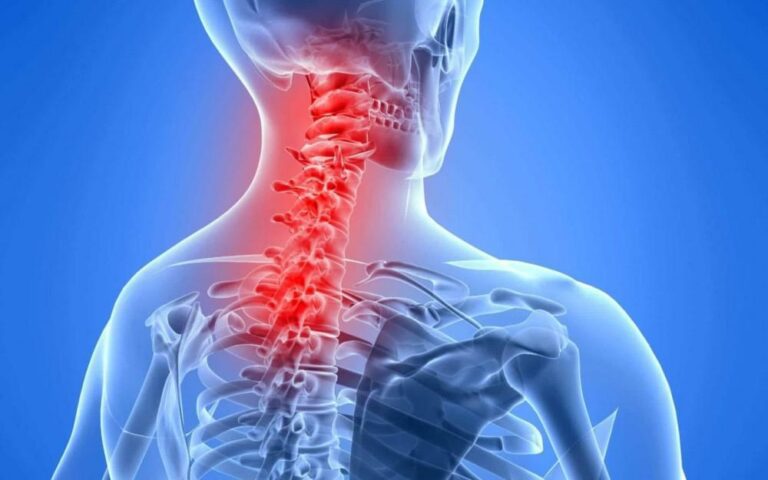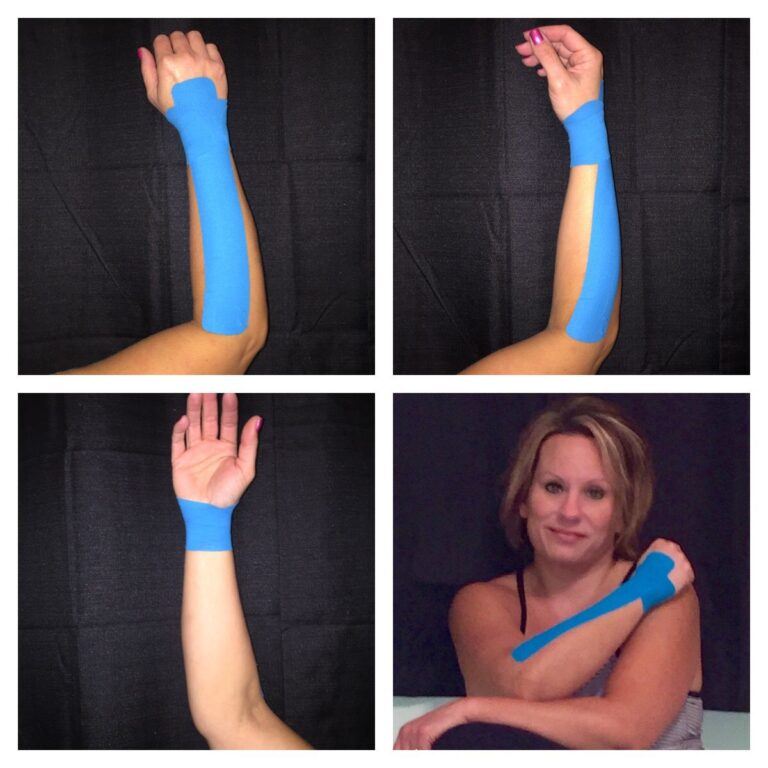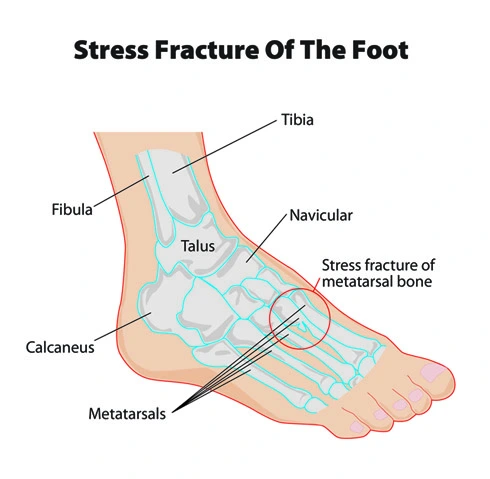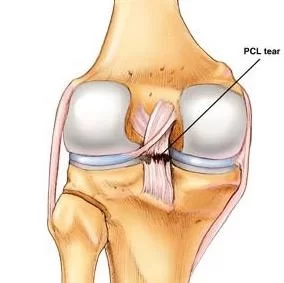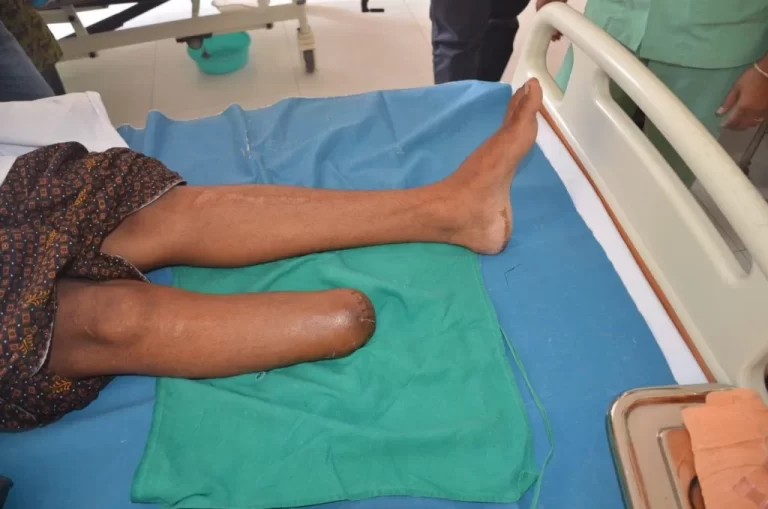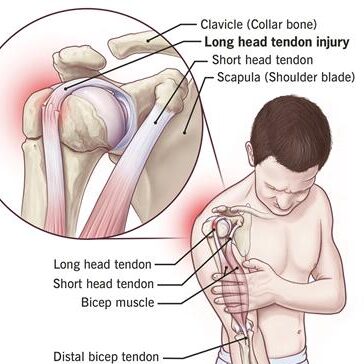Thumb Sprain
Table of Contents
What is a Thumb Sprain?
A thumb sprain is an injury to the ligaments that support the thumb joint. Ligaments are tough, fibrous tissues that connect bones to each other and provide stability to the joint. Sprains occur when these ligaments are stretched or torn beyond their normal range of motion, usually due to a sudden force or impact.
Thumb sprains are common among athletes who participate in sports that involve gripping, throwing, or catching, such as basketball, baseball, and volleyball. They can also occur as a result of falls or other accidents.
The severity of a thumb sprain can vary, from a mild strain that causes minimal discomfort to a severe sprain that causes significant pain, swelling, and loss of function. It is important to seek medical attention if you suspect that you have sprained your thumb, as untreated sprains can lead to chronic pain and instability in the joint.
Thumb ligament damages are common, especially those involving the metacarpophalangeal joint. Two main ligaments stabilize the MCP joint of the thumb:
- Ulnar collateral ligament
- Radial collateral ligament.
Clinical Relevant Anatomy
- The thumb MCP is equal in anatomical appearance to those of the finger but essentially functions as a hinge or ginglymus joint. The articular morphology seen in this joint causes it the most varied motion of all joints, with a range of movement of 6 to 86 degrees in flexion extension.
- flexor pollicis brevis (FBP)
- Abductor pollicis brevis (APB) muscles insert partially on the sesamoids and store stability against hyperextension forces.
- The ligamentous anatomy is comparable to that seen in the finger MCP joints, with extrinsic tendons supplying additional support.
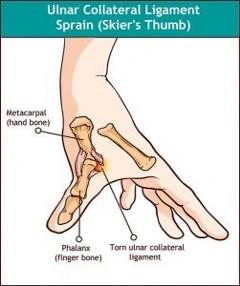
Mechanism of Injury / Pathological Process
- The Metacarpophalangeal (MCP) joint of the thumb is stabilized by two main ligaments.
- 1. Ulnar Collateral Ligament
- 2. Radial Collateral Ligament.
- The UCL is more commonly impaired, usually from pushed radial deviation (abduction) of the thumb, while the RCL is rarely damaged. However, in extreme types of injuries, both ligaments may be ruptured.
Thumb Sprain Causes
Thumb sprains are usually caused by an injury to the thumb joint, often as a result of a sudden force or impact. Some common causes of thumb sprains include:
- Falls: Falling on an outstretched hand can cause the thumb joint to twist or bend beyond its normal range of motion, leading to a sprain.
- Sports injuries: Sports that involve gripping, throwing, or catching can put stress on the thumb joint, making it more susceptible to sprains. Sports such as basketball, baseball, volleyball, and skiing are common culprits.
- Repetitive strain: Repeatedly performing the same thumb movements, such as gripping or twisting, can also cause the ligaments in the joint to become strained over time.
- Car accidents: Car accidents can cause the hand to be forcefully pushed against the steering wheel or dashboard, leading to a thumb sprain.
- Work-related injuries: Jobs that involve repetitive thumb movements, such as typing or using tools, can also put a person at risk for developing a thumb sprain.
It’s important to take precautions to prevent thumb sprains, such as wearing protective gear during sports, taking breaks during repetitive activities, and using proper techniques and equipment at work.
Symptoms of Thumb Sprain
- Thumb ligament damage is usually from a forced radial deviation of the thumb during a high-velocity movement.
- Skiers and those who recreate ball-handling sports, such as baseball, football, and basketball, have a more significant risk of sustaining such an injury.
- Skiers can injure the thumb ligament in accidents affecting the ski poles or from a slide.
- Ball-handling participants often sustain thumb wounds when the ball forcefully abducts the digit, resulting in a UCL tear.
- Stener lesions: when the thumb is hyper-extended by the ball, the RCL may be pulled instead. (Capsular injuries or sterner lesions A Stener lesion is a radiographic result indicating a complete fracture of the UCL with the adductor aponeurosis interposed between the distally avulsed ligament and its insertion into the bottom of the proximal phalanx.
Diagnostic Procedures
- History taking, including mechanism, finger position during damage, the sight of deformity, previous treatment accepted, and a personal sense of stability of the injured thumb.
- A neurovascular exam must decide the motor function, perfusion, and sensation.
- Weakness with the pinch role usually exists in ligament breaks.
- Read the bottom of the thumb for ligamentous laxity and reach it to the uninjured hand:
- Read the thumb with 20–30* of flexion.
- Carefully abduct the thumb passively and compare the angle of divagation to the intact thumb.
- An angulation of >30* on the injured thumb or >15* resembling the intact thumb is diagnostic for a ligamentous injury.
- Radiography should be got to assess for the fact of a Stener’s lesion or a fracture fragment.
Treatment of Thumb Sprain
- A thumb spica splint or cast immobilization is suggested for 4 weeks for a partial break, or up to 6 weeks if an associated avulsion rupture is present.
For acute injury
- Rest, elevation, ice
- Immobilization in a thumb spica splint
- Analgesics
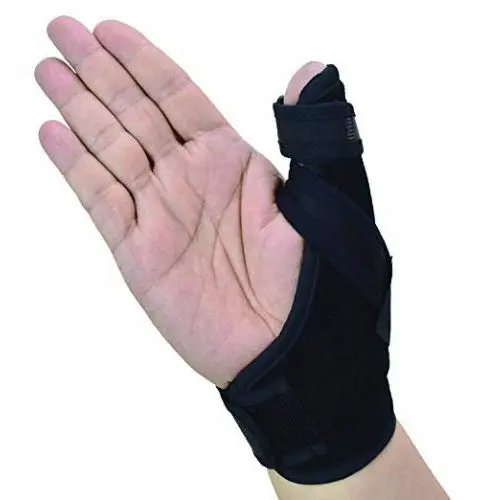
Orthopedic follow-up
For chronic injury
- Thumb spica brace
- Activity modification
- Orthopedic surgery talk for elective ligament rehabilitation or reconstruction may be required with a complete rupture.
- Physical or occupational treatment is helpful postoperative to raise a range of motion and strength and to assist in continuing movements
Differential Diagnosis
- First metacarpal or proximal phalanx fractures
- First CMC joint arthritis
- Volar plate injury
FAQs
What is a thumb sprain called?
The term “Gamekeeper’s thumb” was first minted in 1955 by Campbell who recognized UCL injuries as an occupational illness in Scottish gamekeepers.
What dimensions is a sprained thumb?
A sprained thumb can be treated with a brace or cast and will probably take 3-6 weeks to fully recover. If your sprain is painful, you may need surgery. Every patient is different, so visit a hand surgeon to select the best therapy for your injury.
What quality is a thumb sprain?
Mild (Grade I) sprains affect a tear of some of the fibers in the ligament. The thumb is still available and recovery is usually rapid. Moderate (Grade II) sprains occur when part of the ligament is pulled from the bone. There is some loss of procedure and healing will likely last elongate than with a mild sprain.
What is the most typical thumb injury?
Ulnar Collateral Ligament and Radial Collateral Ligament. The UCL is better commonly damaged, usually from pushed radial deviation (abduction) of the thumb, while the RCL is rarely injured. However, in extreme types of injuries, both ligaments may be ruptured.
How do you promote a sprained thumb?
Elevate (raise) your finger beyond the level of your heart as often as you can. This will help reduce swelling and pain. You can elevate your hand by relaxing it on a pillow. Use a splint or reduction as directed.

